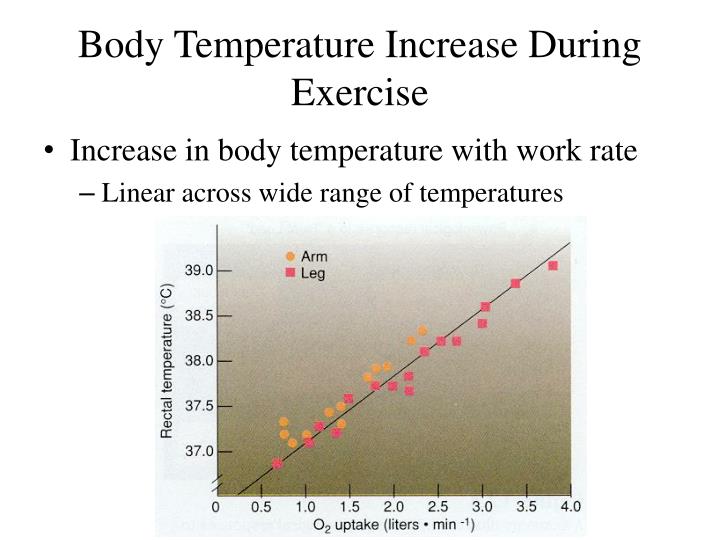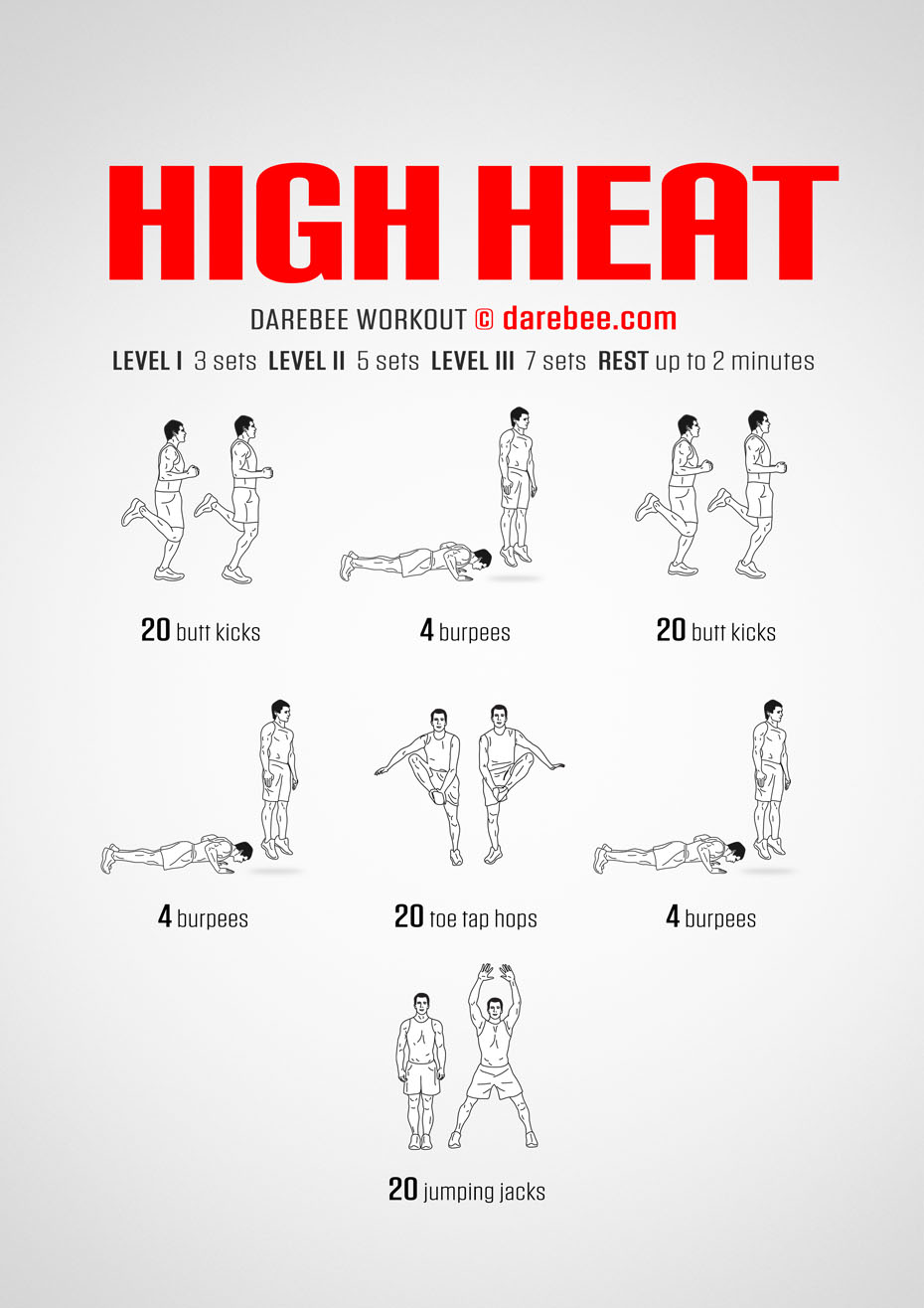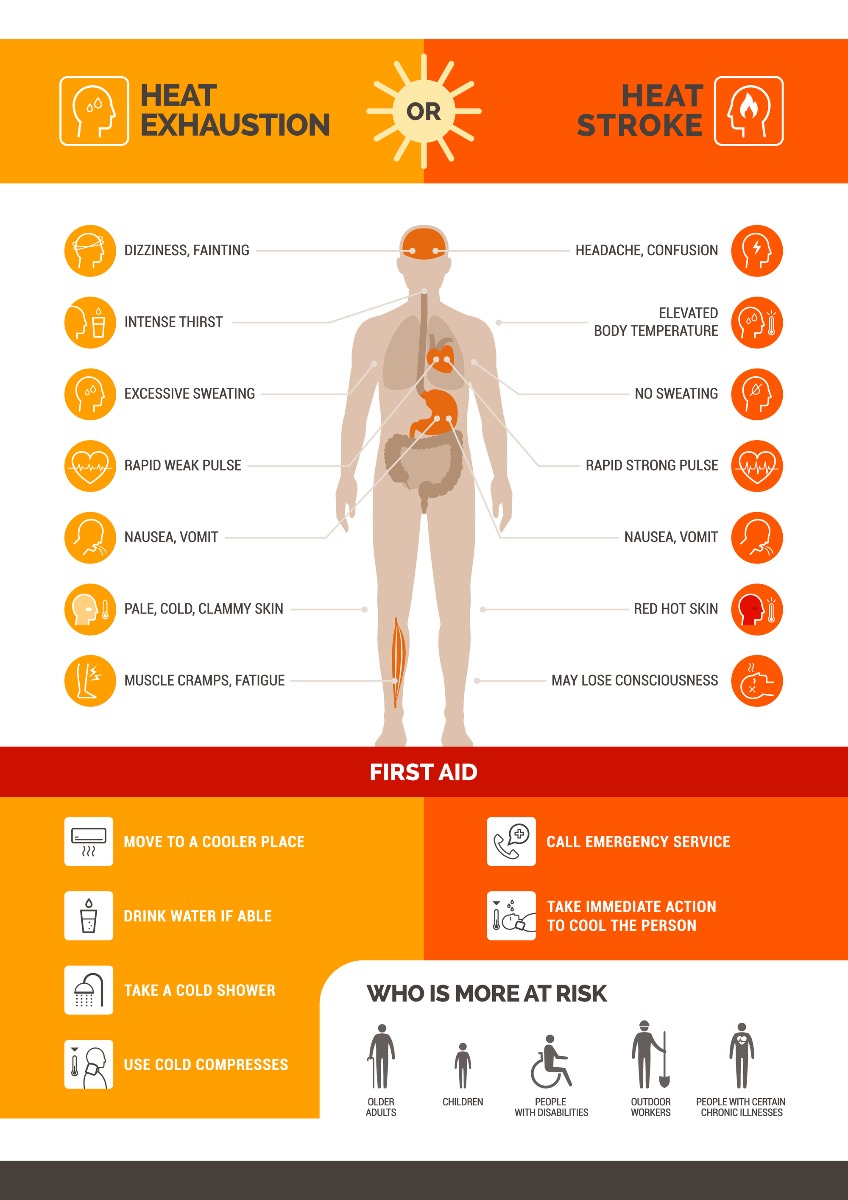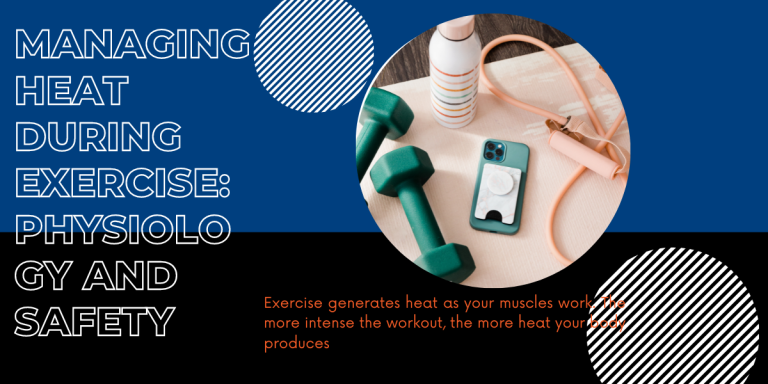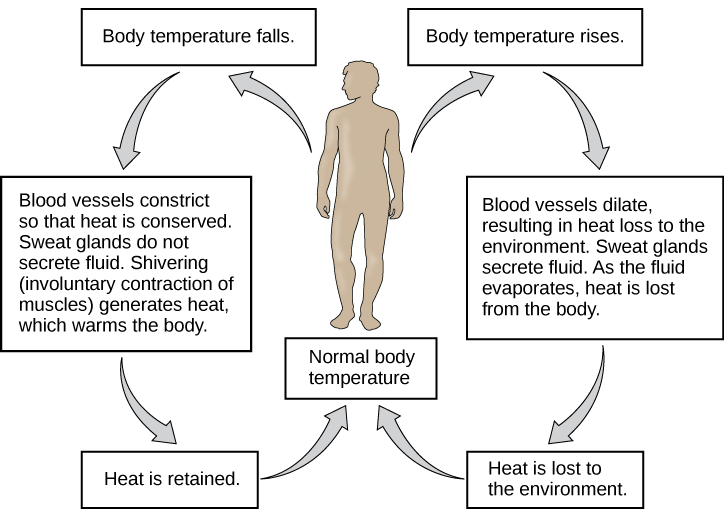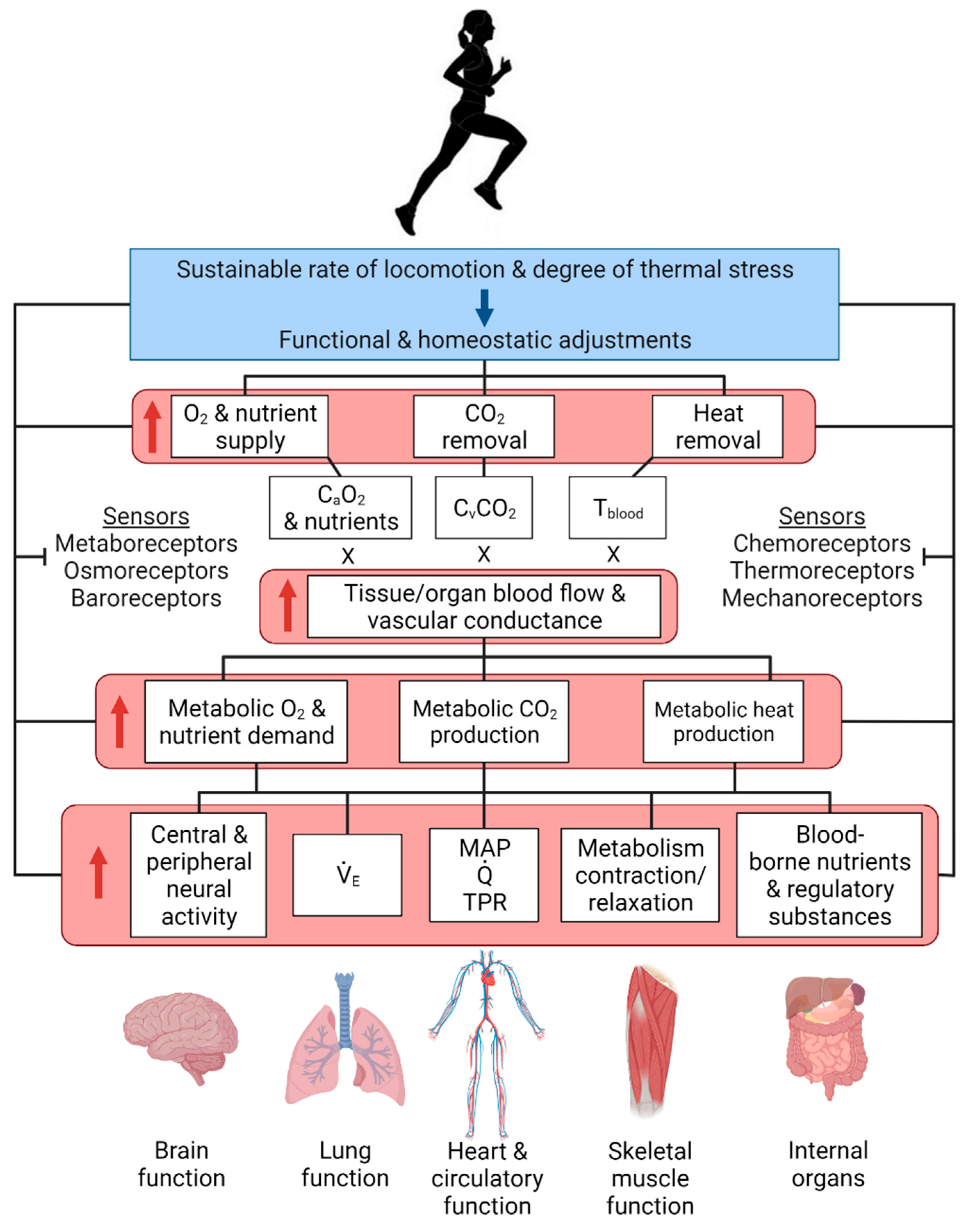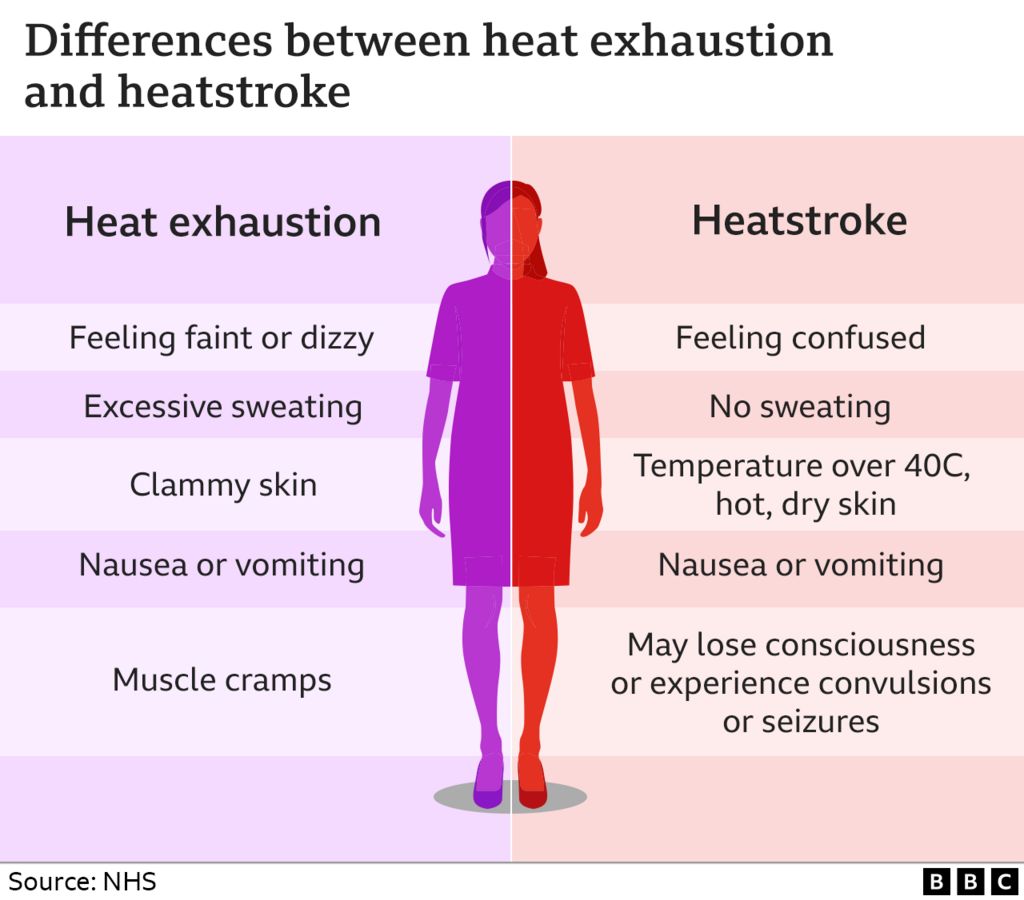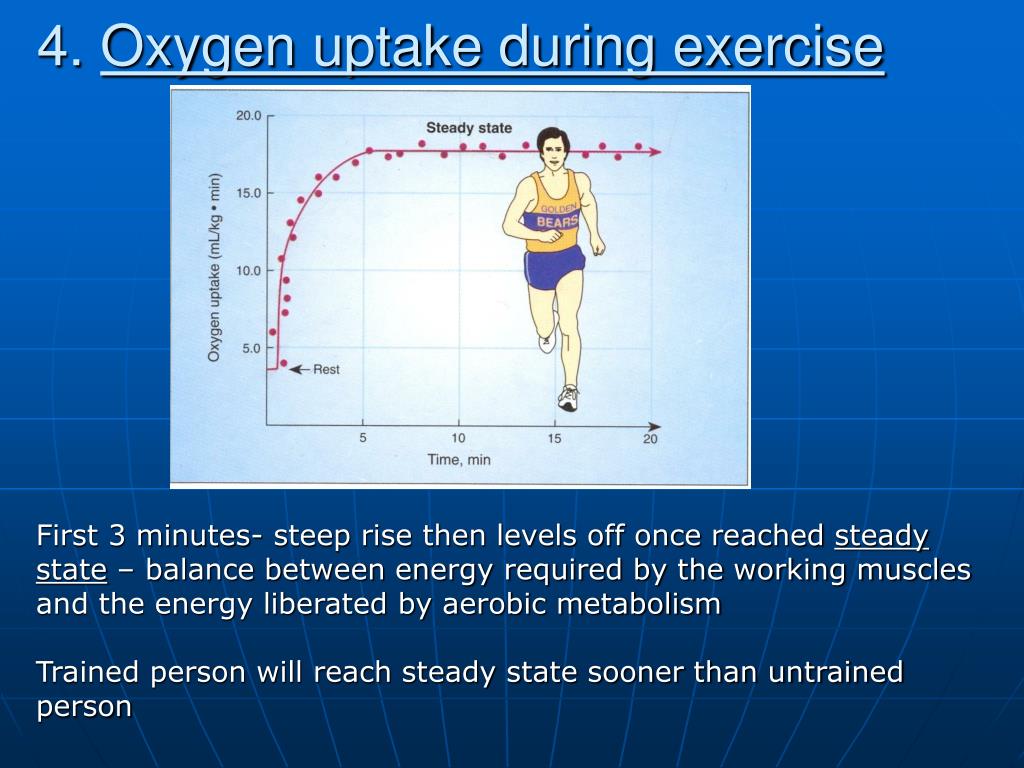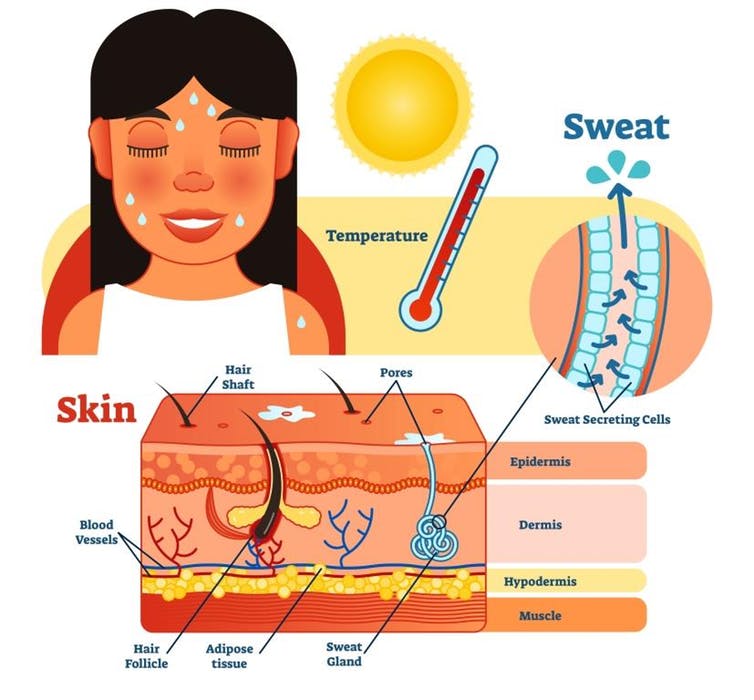During Exercise Your Body Releases Heat By
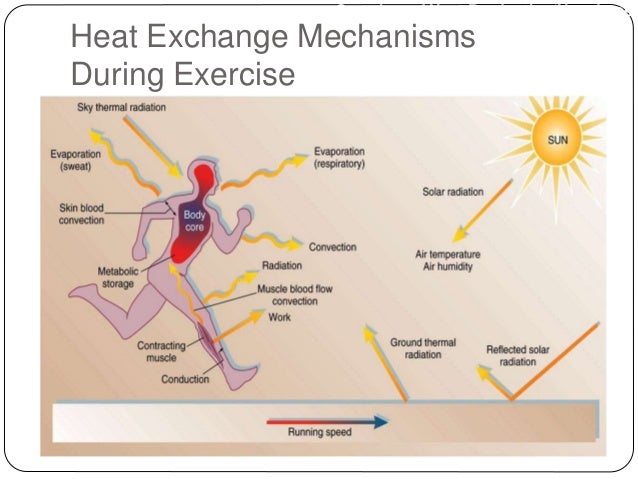
Your workout just ended, and you're drenched. That sweat is a critical survival mechanism: your body's primary way to dissipate the intense heat generated during exercise.
Understanding this process – how your body sheds heat during physical activity – is crucial for optimizing performance, preventing dangerous overheating, and staying safe during workouts, especially in challenging environments. The human body is an incredible machine, and thermoregulation is a key part of its design.
The Heat Engine: Exercise and Metabolic Rate
Exercise dramatically increases your metabolic rate. This is the rate at which your body burns calories for energy. As your muscles work harder, they demand more fuel, resulting in a significant upswing in heat production.
According to the American College of Sports Medicine, metabolic rate can increase 15-20 times above resting levels during intense exercise. This surge in energy expenditure has a significant byproduct: heat.
The Body's Cooling System: Evaporation and Beyond
The body employs several mechanisms to shed this excess heat. The most important and efficient cooling process during exercise is evaporation.
When sweat evaporates from your skin, it takes heat with it. This is why you feel cooler when sweat is exposed to air. The effectiveness of evaporation depends on factors like humidity and air circulation. High humidity reduces the evaporation rate, making it harder to cool down.
Other mechanisms play a supporting role. These include convection, radiation, and conduction. Convection involves heat transfer to the surrounding air, while radiation emits heat in the form of infrared waves. Conduction occurs when your skin touches a cooler surface.
The Role of Blood Flow
Blood plays a vital role in thermoregulation. During exercise, blood flow is redirected from internal organs to the skin.
This increased blood flow to the skin helps to transport heat to the body's surface, where it can be dissipated through evaporation, radiation, and convection. Dehydration hampers this process, reducing blood volume and hindering the body's ability to efficiently transfer heat.
Hormonal Influences: Sweating and Core Temperature
The hypothalamus, a region in the brain, acts as the body's thermostat. It detects changes in core temperature and initiates cooling responses.
Hormones like epinephrine (adrenaline) also play a role. They can increase sweating and blood flow to the skin. The sweating process is directly influenced by both the intensity of the exercise and the environmental conditions.
Impact of Environmental Conditions
External factors significantly impact the body's ability to regulate temperature. High humidity and elevated temperatures make it much harder to cool down.
In such conditions, the body relies heavily on sweating, and the evaporation of sweat becomes the primary cooling mechanism. Dehydration can quickly become a serious issue, as the body struggles to produce enough sweat to maintain a safe core temperature.
Preventing Overheating: Practical Strategies
Staying hydrated is paramount. Drink plenty of fluids before, during, and after exercise to replenish fluids lost through sweat.
Wear lightweight, breathable clothing to allow for maximum evaporation. Avoid exercising during the hottest parts of the day.
Acclimatization is key. Gradually exposing yourself to warmer environments over several days or weeks can improve your body's ability to handle the heat.
Understanding Heat-Related Illnesses
If the body's cooling mechanisms fail, heat-related illnesses can occur. These range from heat cramps to heat exhaustion and heatstroke. Heatstroke is a medical emergency and requires immediate medical attention.
Symptoms of heat-related illnesses include excessive sweating (or lack of sweating in heatstroke), dizziness, nausea, headache, muscle cramps, and a rapid heart rate. Recognizing these symptoms early is crucial for preventing more serious complications.
Ongoing Research and Future Directions
Researchers continue to investigate the complexities of thermoregulation. Studies are focusing on personalized hydration strategies, advanced cooling technologies, and the impact of genetics on heat tolerance.
Further research is needed to fully understand individual variations in sweating rates and the effectiveness of different cooling techniques. This knowledge will ultimately lead to more effective strategies for preventing heat-related illnesses and optimizing athletic performance.
The National Institutes of Health (NIH) and the Centers for Disease Control and Prevention (CDC) are key resources for the latest information on heat-related illnesses and prevention strategies. Regularly check these resources, especially during periods of extreme heat.


